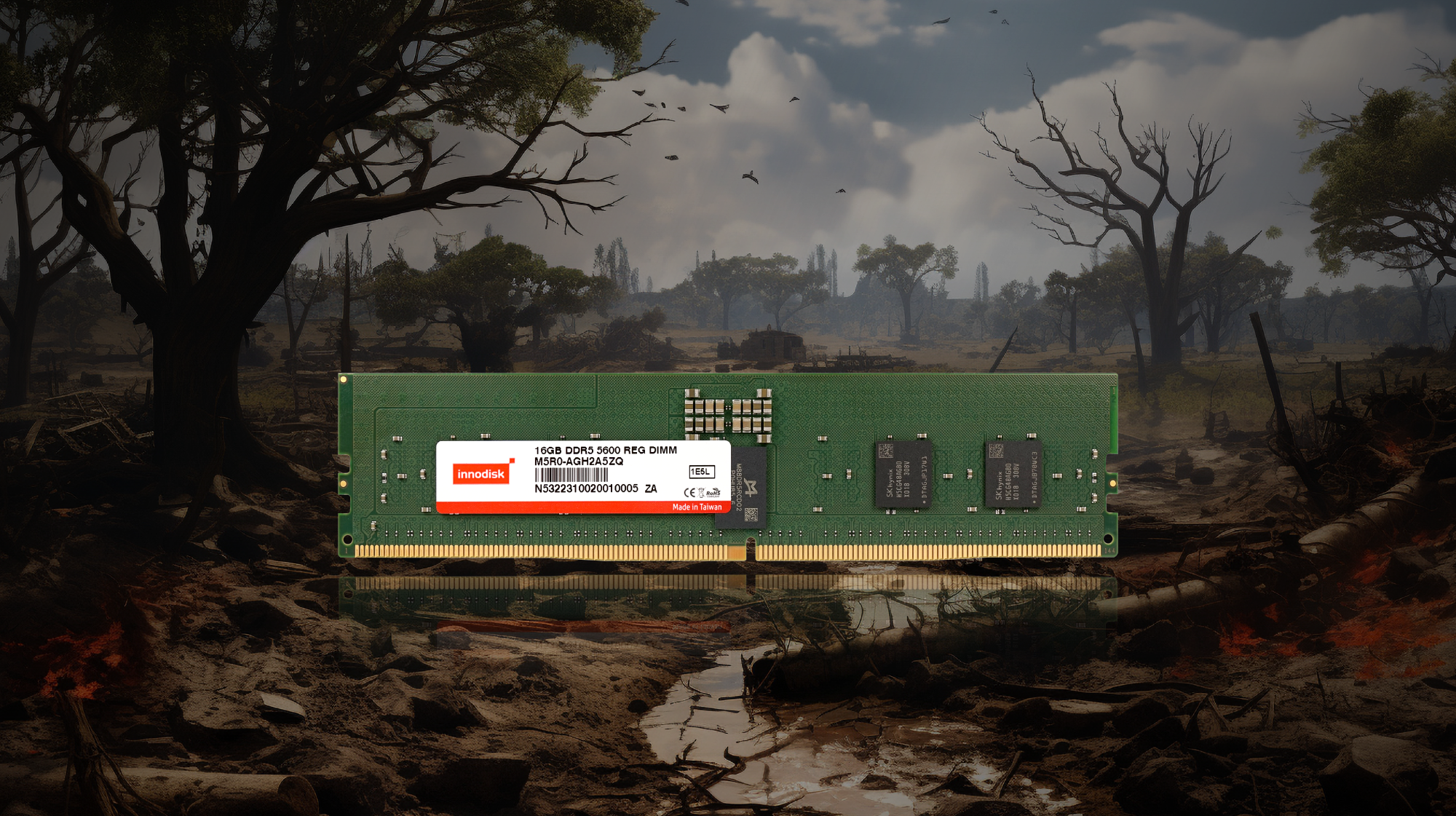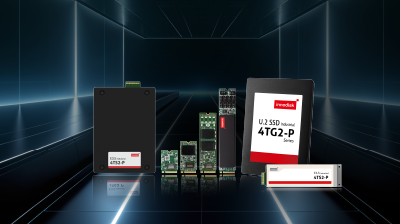工業級 DRAM 如何抵抗腐蝕、磨損與其他損害

DRAM 模組容易受到環境影響嗎?
DRAM 模組 雖然經過嚴謹的設計與測試,但仍然是一項脆弱且需要受到保護的電子產品。 DRAM 模組 除了容易受到濕度、化學物質、粉塵及其他微粒的侵襲,還會受到熱力與機械應力的影響,特別是在惡劣的環境條件下。在數位化趨勢推動下,DRAM 模組 及各項電子元件開始在嚴苛與偏遠環境中被廣泛使用,此時,工業製造商便開始使用敷形塗層技術(Conformal Coating)來保護 DRAM 模組等產品。
什麼是敷形塗層技術?
敷形塗層技術是將塗料覆蓋到元件上的過程,用來保護元件避免遭受外在環境影響。以 DRAM 為例,可使用壓克力(丙烯酸)與矽膠等兩種不同的塗料。丙烯酸塗料容易施作與去除,當模組需要維護時非常方便;矽膠塗料則能承受更嚴苛的環境,但也因為它能抵抗大多數的溶劑及高溫,因此當模組需要維修將較難去除。上述兩種塗料都有良好的介電強度,都能發揮絕緣保護並防止短路的效果。
壓克力(丙烯酸)塗料 | 矽膠塗料 |
|
|

敷形塗層技術如何施作在 DRAM 模組上?
Innodisk 在 DRAM 模組進行敷形塗層時完全遵循 IPCA-A-610E 標準。壓克力塗料的噴塗厚度為 0.03 至 0.13mm,矽膠塗料為 0.05 至 0.21mm,均符合 IPC-J-STD-001 標準範圍。由於作業過程將進行多次噴塗,因此每次噴塗之間均會間隔一小時,並搭配自動紫外光以便塗料固化。

如何從 DRAM 模組上移除敷形塗層?
當 DRAM 模組需要維護時,首先必須先將敷形塗層移除。在 Innodisk 的 DRAM 模組維修作業,將會使用超音波技術來移除塗層。超音波會在 PCB 與塗層之間的微小縫隙中形成氣泡,這些氣泡能讓塗層快速脫落,方便進行後續的維修工作。
消費型 DRAM 模組是否採用敷形塗層技術?
一般而言,消費型 DRAM 模組,例如用於辦公電腦或遊戲主機的模組,並不會使用敷形塗層,因為這類應用通常不需要的額外保護措施。然而,如果系統整合商將消費型 DRAM 模組用於工業應用,就會出現問題,因為沒有敷形塗層,記憶體將無法承受工控應用中時常面臨的嚴苛環境。
如何為不同應用需求,量身訂製敷形塗層技術?
由於 Innodisk 全程於自有產線進行模組生產與敷形塗層製程,因此可以輕鬆根據客戶需求調整塗層需求。Innodisk 可以為任何應用設計理想的塗層厚度、技術與材質,以確保模組的耐用度與使用壽命。
延伸閱讀


